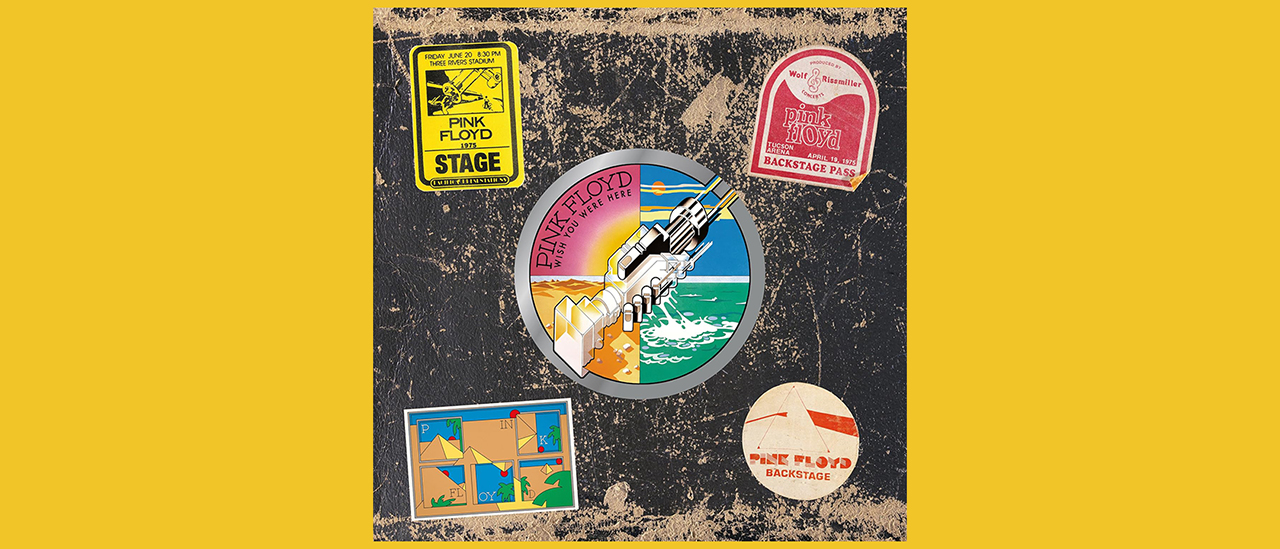Best cameras 2023: top mirrorless and DSLR cameras for photographing gigs and general life
Capture iconic shots of your favourite bands with the best cameras for music photography from Canon, Nikon, Sony and others
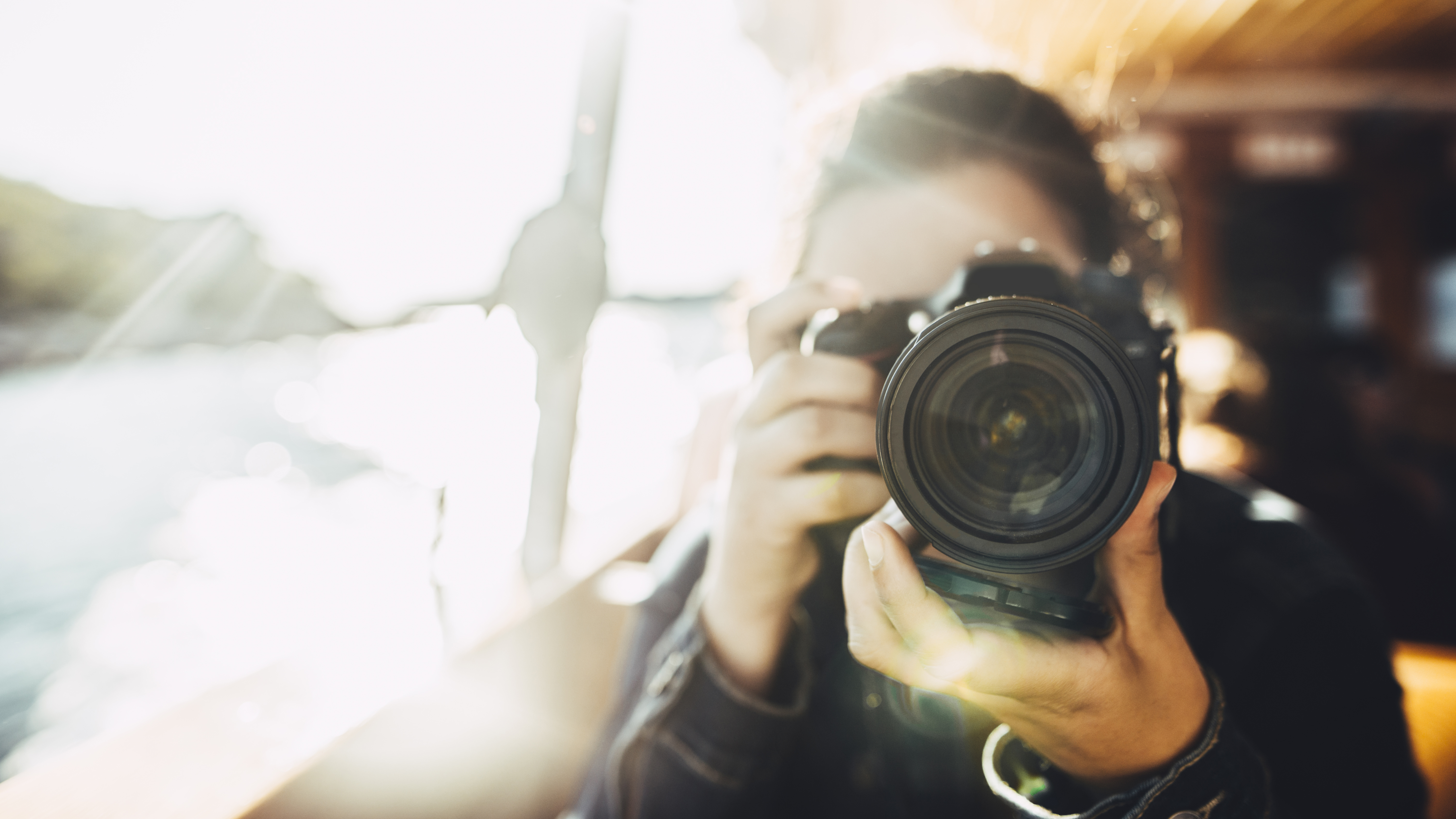
The average music venue is a pretty tough environment for photography and even the best cameras can struggle at times. For a start there’s hardly any light, and what little there is (stage light) keeps flashing on and off.
Plus, rock stars don’t tend to just hang around in one spot so that you can take a shot. That means you need a camera that can focus quickly and keep track of a subject as it poses about it in low light conditions.
- On a budget? These are the best cheap cameras for music photography
- Shoot from the hip with the best camera phones for snapping live music
- Protect your hearing at gigs and festivals with the best earplugs
That low light also means you have to push the sensitivity (ISO) up, which can result very ‘noisy’ images if you don’t choose the best camera for the job.
Best camera: The Louder choice
You can trust Louder
Until fairly recently, the camera of choice for most music photographers was a DSLR camera. However, many photographers are now switching to mirrorless cameras, which is good news for you.
How? Mirrorless cameras have the advantage of working in permanent live view mode, which means you can see the impact of the camera settings straight away. They’re also easier to use than DSLR cameras.
Until recently, the average DSLR had a better autofocus (AF) system than a mirrorless camera, but many mirrorless cameras now have excellent AF systems that make them suitable for photographing music – and every other aspect of your life and hobbies. Our guide to the best cameras includes a mix of the two camera types, but the list is topped by the astounding Sony A9 mirrorless camera.
Choosing the best camera: let's talk lenses
It’s important to bear in mind that a camera is only half of the equation – you also need a good lens or two. The type of lens you require varies depending upon the venue you’re photographing in. If we’re talking music photography, that could be anything from a big arena to a dank cellar bar.
You’re likely to only need a short focal length for a small, intimate gig, while a festival with a high stage means you’ll probably need a 70-200mm zoom or longer lens to capture a head and shoulder image.
As a rule, buy the best camera lenses you can afford, preferably with a large maximum aperture to let lots of light in so that you don’t have to push the ISO (sensitivity) value to its maximum. Most of the models in our best camera list below have lenses recommended for use with them, so you could start by researching those.
The best cameras to buy now
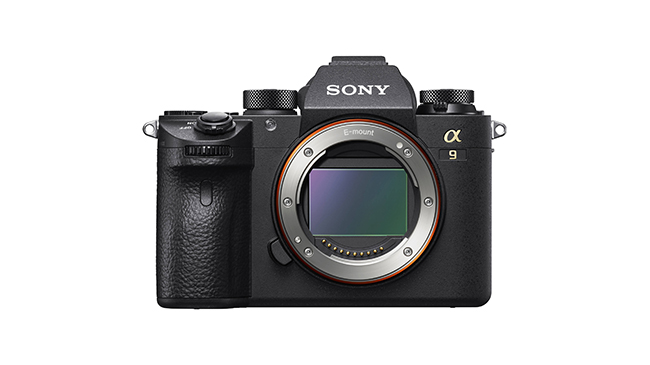
1. Sony Alpha 9 Mirrorless Camera
Specifications
Reasons to buy
Reasons to avoid
The Sony A9 is Sony’s flagship mirrorless camera and it has a class-leading autofocus system with an incredible ability to track subjects, plus a superb viewfinder. Its Eye AF system, which detects and then focuses on eyes in the scene is also amazing.
It can spot a moving pair of eyes on stage and get the focus just where it needs to be. Seriously, this thing is incredible and proves itself to be the best camera for getting up close and personal with the band on stage.
Sony makes the sensors in a lot of other manufacturer’s cameras, so it knows a thing or two about noise control and delivering great image quality.
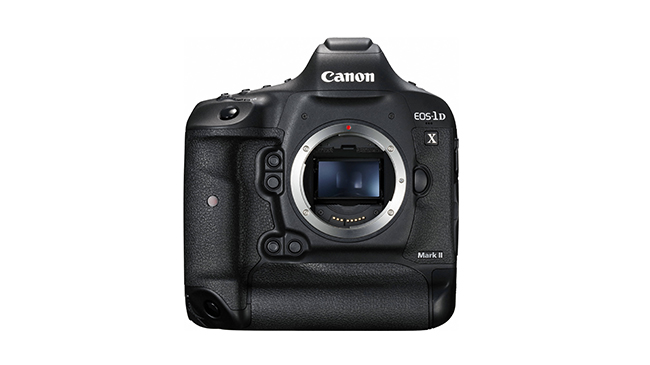
2. Canon EOS-1D X Mark II DSLR Camera
Specifications
Reasons to buy
Reasons to avoid
The EOS-1D X Mark II is Canon’s flagship camera and it’s been seen in the hands of many professional photographers across the globe. While a pixel count of 20.2MP may seem a little on the low side for a full frame sensor, it enables the EOS-1D X Mark II to control image noise extremely well at high sensitivity settings.
Crucially, its AF system is very sensitive so it can focus in very gloomy conditions. In other words, darkly lit gigs.
As it’s a twin-gripped camera the 1D X II is bulky, but it’s designed to make it as easy to shoot in portrait orientation as in landscape orientation. A super-worthy addition to our best camera list.
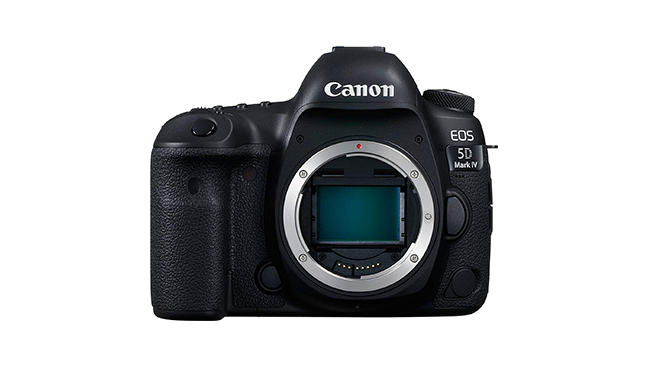
3. Canon EOS 5D Mark IV
Specifications
Reasons to buy
Reasons to avoid
Canon’s EOS 5D-series has been one of the most popular DSLR lines with enthusiast, semi-pro and pro photographers. The 5D Mark IV, announced in August 2016, is the most recent incarnation.
Its 61-point AF system is fast and accurate even in very low light and it can shoot at up to 7fps with continuous auto focusing for 21 raw files, or until the memory card is full with jpegs.
It’s a solid, dependable camera which like the EOS-1D X II, is compatible with Canon’s huge range of full-frame lenses.
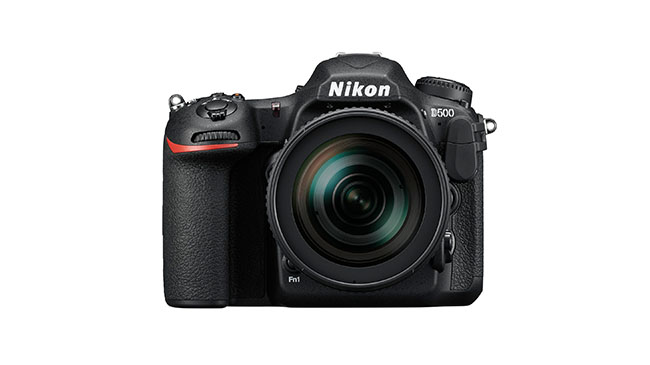
4. Nikon D500 DSLR Camera
Specifications
Reasons to buy
Reasons to avoid
Essentially, the D500 is the APS-C version of the Nikon D5, the company’s flagship camera that’s aimed at professional sports and news photographers, and is the Canon EOS-1DX Mark II’s closest competition. That means it has a blisteringly fast AF system that works extremely well in low light.
Having a smaller (APS-C format) sensor can be an advantage for music photography because lenses appear to be longer than they are and you get tighter framing of distant objects.
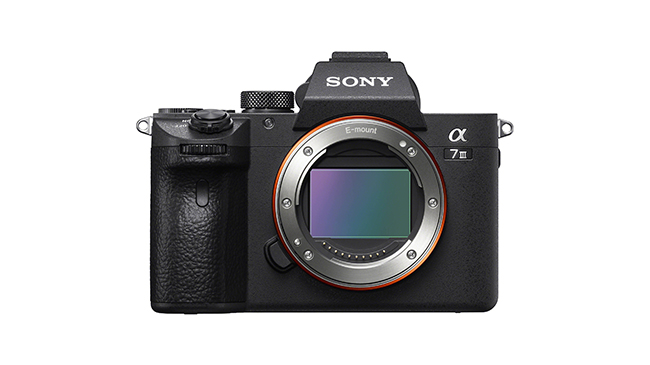
5. Sony Alpha 7 III
Specifications
Reasons to buy
Reasons to avoid
Although it doesn’t use exactly the same sensor, the A7 III has a lot in common with the more expensive Sony A9, including a 693-point AF system and the superb Eye AF technology.
It may not shoot at 20fps (frames per second), but 10fps is more than enough for capturing most stage moves. Helpfully, you can shoot at that rate completely silently if you need to.
The A7 III also has excellent dynamic range, which means the shadows aren’t just uniform black and the highlights don’t burn out too quickly—that’s very useful when you’re dealing with stage lighting.
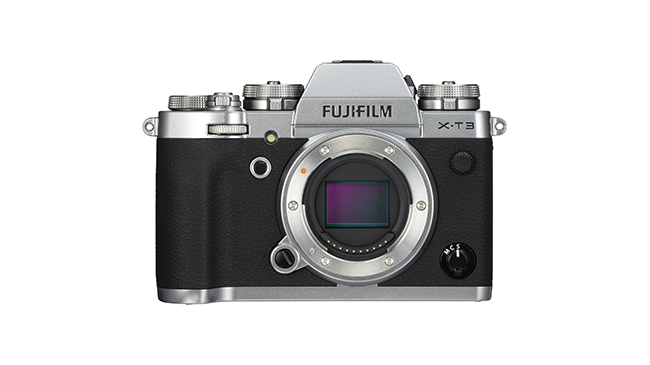
6. Fujifilm X-T3
Specifications
Reasons to buy
Reasons to avoid
Although all the numbers and dials can make the Fujifilm X-T3 look intimidating to novice photographers, many enthusiasts love it because you can see which exposure settings are selected and even make changes without powering-up the camera.
As well as camera production, Fuji has a background in film manufacturing and this knowhow informs the X-T3’s image processing and the popular Film Simulation modes that adjust the appearance of Jpegs at the shooting stage. The X-T3 is comparatively small and light, which is useful for long shoots.
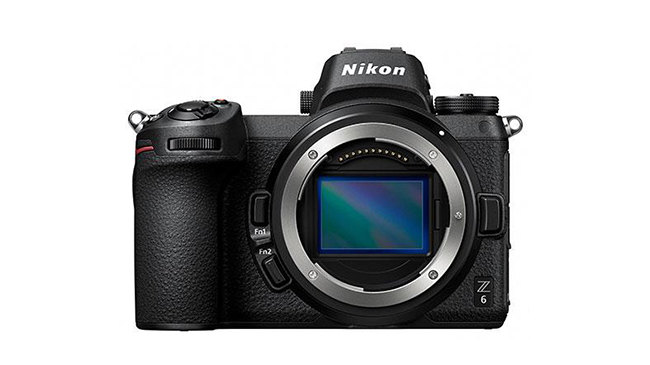
7. Nikon Z6 Mirrorless Camera
Specifications
Reasons to buy
Reasons to avoid
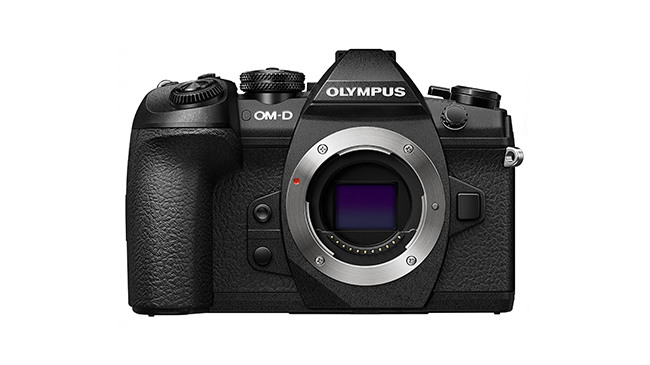
8. Olympus OM-D E-M1 Mark II
Specifications
Reasons to buy
Reasons to avoid
The Olympus OM-D E-M1 Mark II is very versatile camera with some very clever features and it can keep fast-moving subjects sharp while you shoot at 18fps. Two UHS-II SD cards slots and a 3-inch vary-angle touch-screen also add to the appeal.
This mirrorless camera also has an incredible stabilisation system that enables you to get sharp images at very low shutter speeds without a tripod. That can be useful for creative shots of lights and on-stage action.
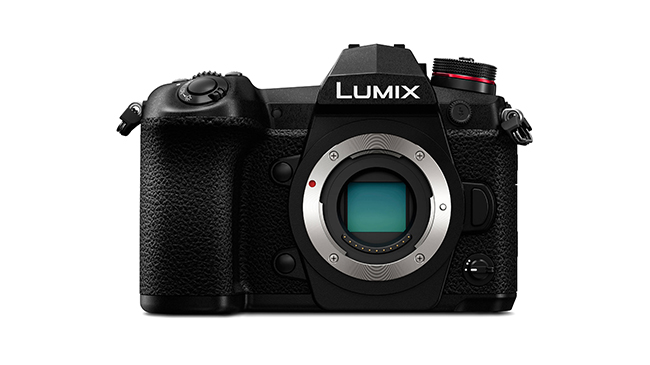
9. Panasonic Lumix G9 Mirrorless Camera
Specifications
Reasons to buy
Reasons to avoid
Like the Olympus OM-D E-M1 Mark II, having a smaller than APS-C format sensor gives the Panasonic Lumix G9 more of a challenge for controlling image noise at high sensitivity settings, but keeping the pixel count to 20MP helps with that.
Nevertheless, we’d recommend keeping the sensitivity to ISO 6400 or lower if possible. The G9 has a 121-point AF system which covers most of the frame so you can focus close to the corners. In addition, the 3-inch 1,040K touchscreen mounted on a vari-angle joint which makes shooting low-level shots easy in both landscape and portrait orientation.
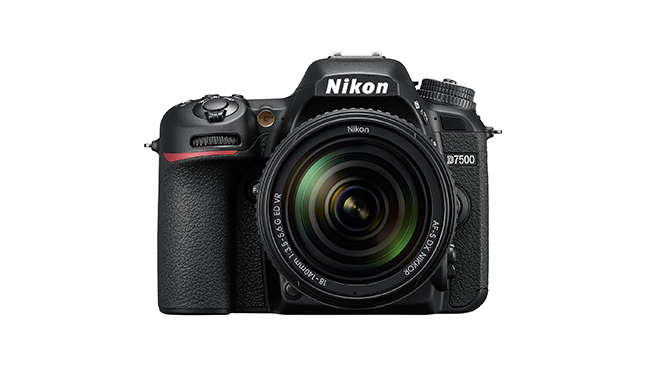
10. Nikon D7500 DSLR
Specifications
Reasons to buy
Reasons to avoid
The Nikon D7500 is the bargain in our selection. It combines a high-quality sensor that’s capable of delivering great images at high sensitivity (ISO) settings with an excellent autofocus system at a relatively affordable price.
In addition, the 3.2-inch 922,00-dot screen is on a tilting bracket, which could be useful for low-angle landscape orientation shots, but the live view focusing system is rather slow and unreliable in low light so it’s unlikely to be of use in the average music venue. If you plan to use the viewfinder to compose images, the D7500 is an excellent choice.
The latest news, features and interviews direct to your inbox, from the global home of alternative music.
